Exploring the Act 2024 Review by Nikola Arkane
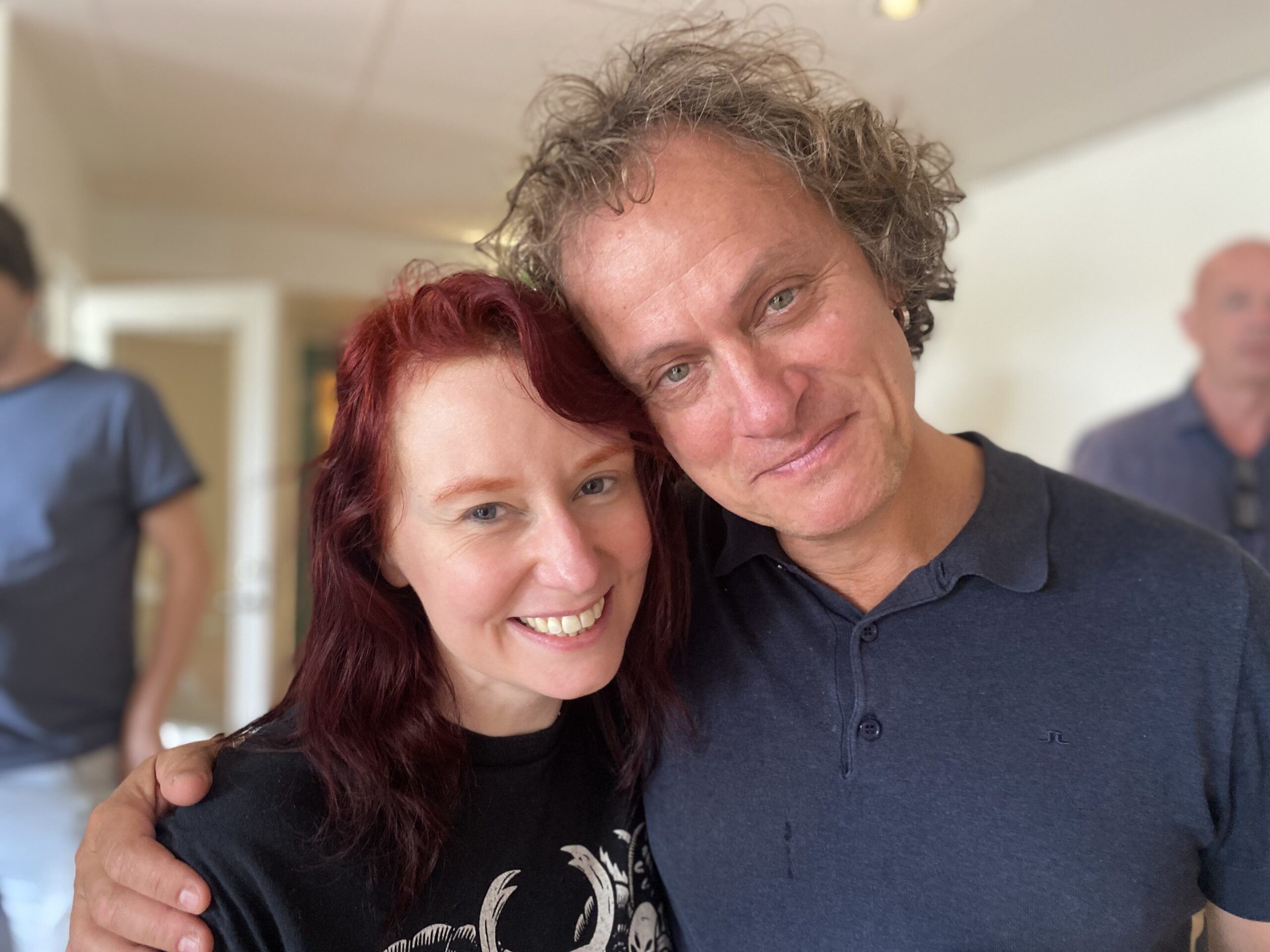
Summertime is when most people take time off work to relax. Instead, I decided to travel to a tiny village in Sweden called Sigtuna, to attend a course designed to further my knowledge as an artist.

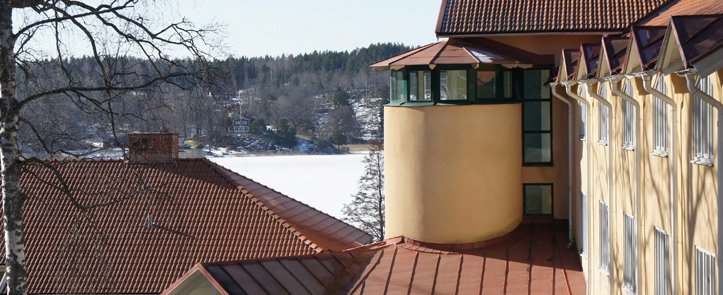
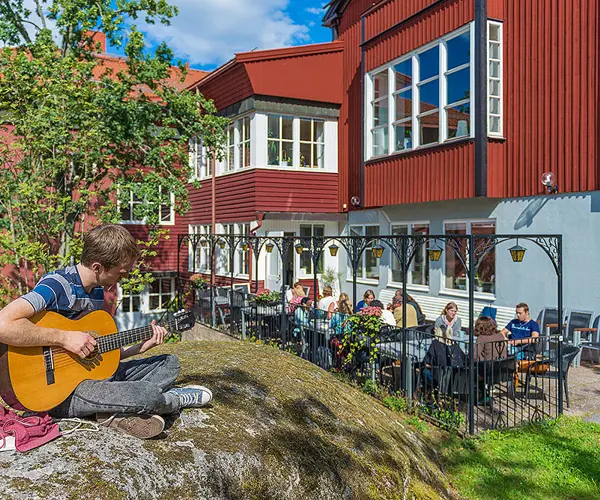
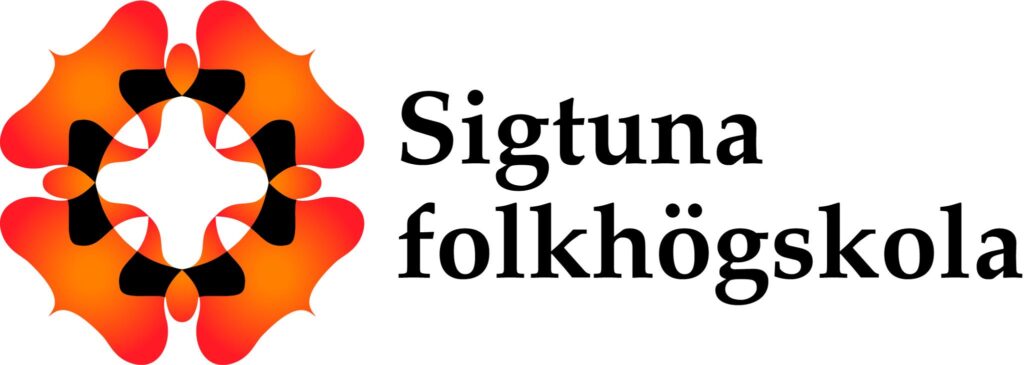
I have in total travelled to courses at Sigtuna five times since 2018. Although the magical community in Northern Ireland is quite brilliant with several magical societies promoting the art of amateur and professional magicians within in this country. And, with the professional theatre company, Cahoots N.I. on my doorstep where I personally became involved in the art of magic through working and touring several productions with them across Northern Ireland and the U.S. as a performer of the company. I always felt a yearning to develop my skills professionally as an artist and learn from others further afield.
Thanks to the education created and provided by magician, Tom Stone the founder of Workshops for Magicians, I have now gained several qualifications in the Art of Magic.
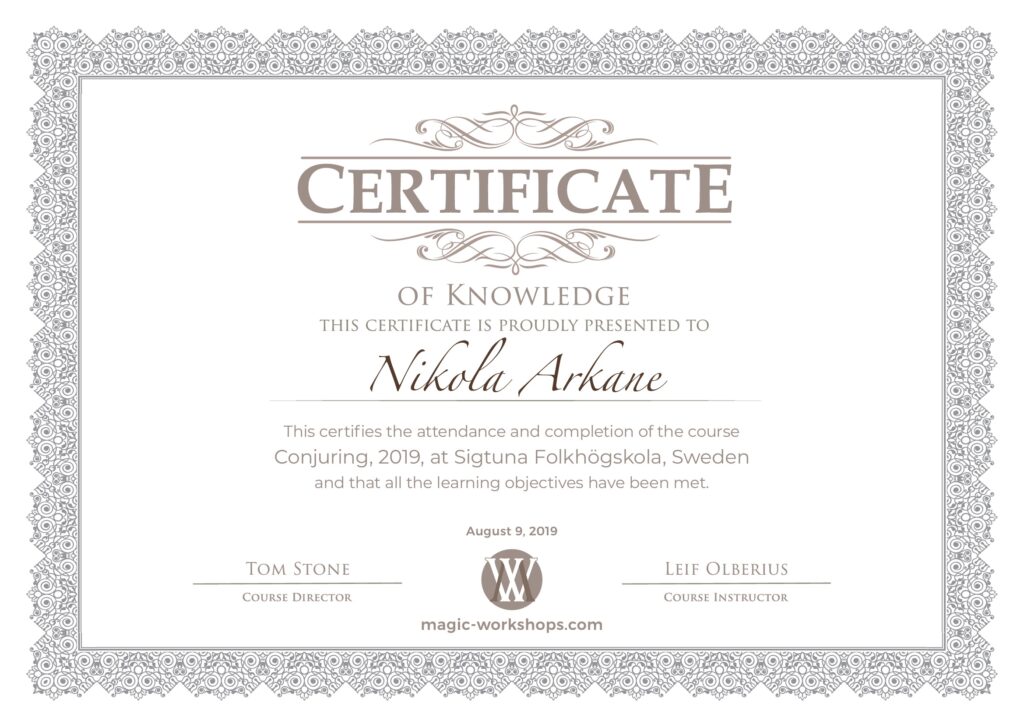
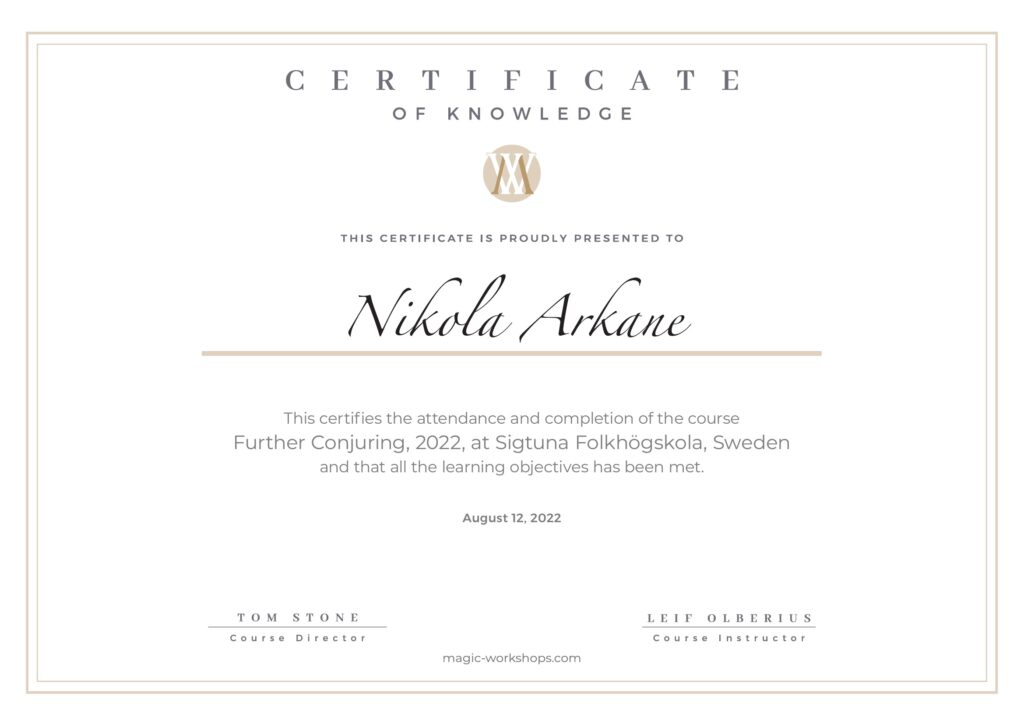
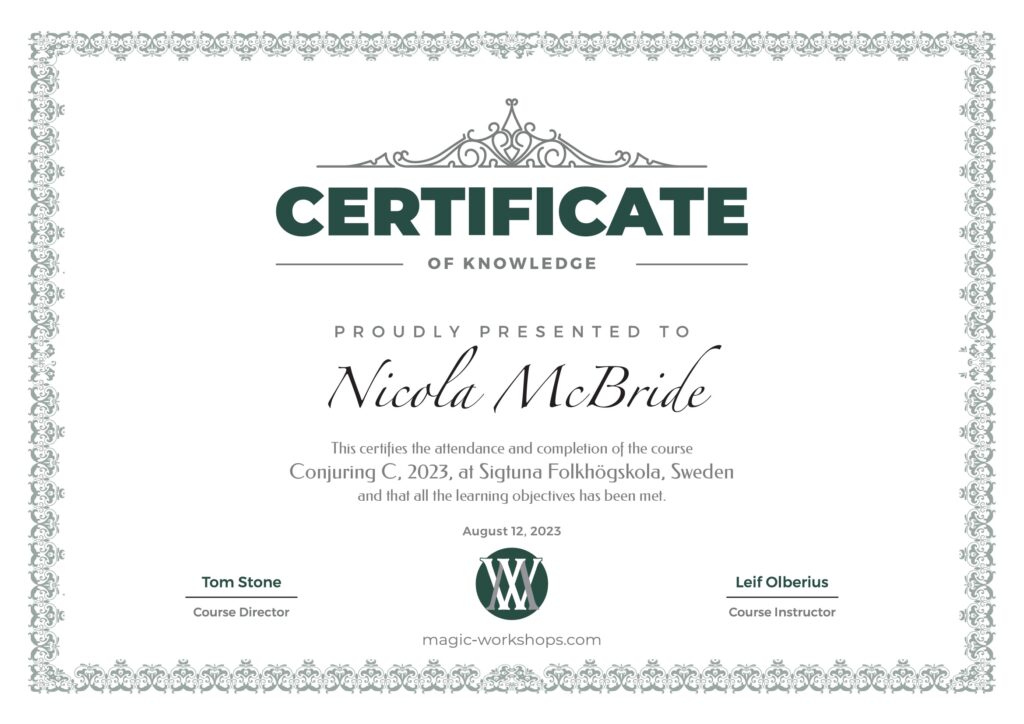
In the beginning, I did not have any specific goals in seeking out this professional education in magic. I was basically – curious!
However, there have been many unexpected side effects from deciding to broaden my knowledge and learn more about my chosen artistic field as a magician.
A flair for my own kind magic
Attending these courses at Sigtuna, has given me the theatrical and magical tools required to become confident in my own work. Giving me the knowledge to recognise and create my own unique style of magic.
Having the ability to recognise one’s own likes and dislikes in the art we create is a vital step to putting a stamp on the impression you wish to leave upon audiences you perform in front of. And more importantly, the legacy you wish to leave on the art form within which you are working.
Through developing my taste and performance style, since attending these workshops, I have achieved many goals that people in this industry could only dream of achieving.

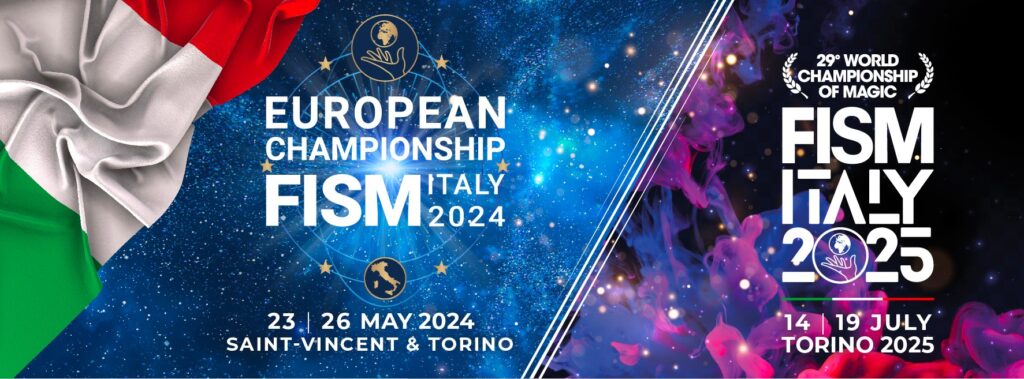

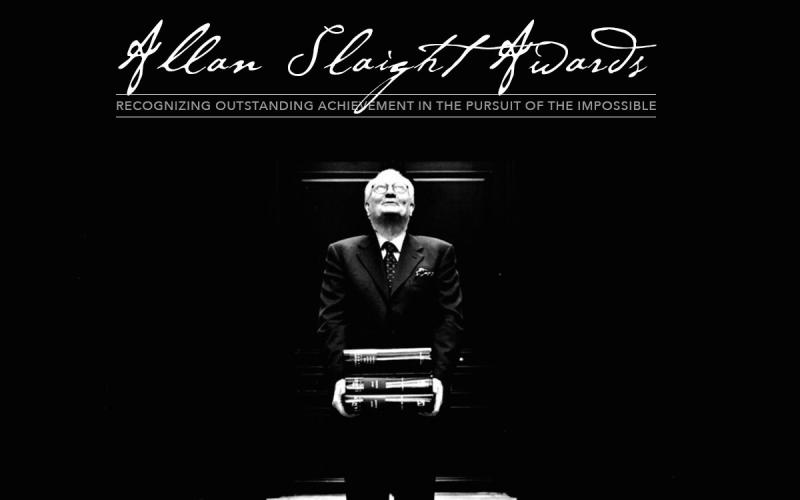


Attending courses as an artist outside of Belfast where I am based, also gives me the opportunity to meet and create with other working international magic artists, showcasing my work and making stronger connections further afield.
This is partly the reason why I am beginning to get international recognition by my peers. I feel through the work and my achievements pictured above I am beginning to make a significant contribution to the art of magic. Both as female and as an artist representing Northern Ireland. And the magic community are also beginning to recognise me for doing this which is pretty cool.
You don’t have to do it alone!
For those of you that do not already know, Magic is normally considered by most a solitary profession. However, I have found that seeking out people to collaborate with through the workshops for magicians courses as an example, I am not only becoming better myself as a magical artist but I am helping others to grow as well. Through collaboration, our paths to our goals become easier and faster and, in short, the journey is much more enjoyable than struggling for years alone.
But enough about why I feel the importance of seeking out an education for myself in Magic. Let’s delve into and discover what this year’s course, Exploring the Act, was all about.
A new course for magic
After attending all the workshops in Conjuring I could have revisited or went back to study one of the courses again. However, I decided instead to take on the newest offering by Workshops for Magicians titled Exploring the Act.
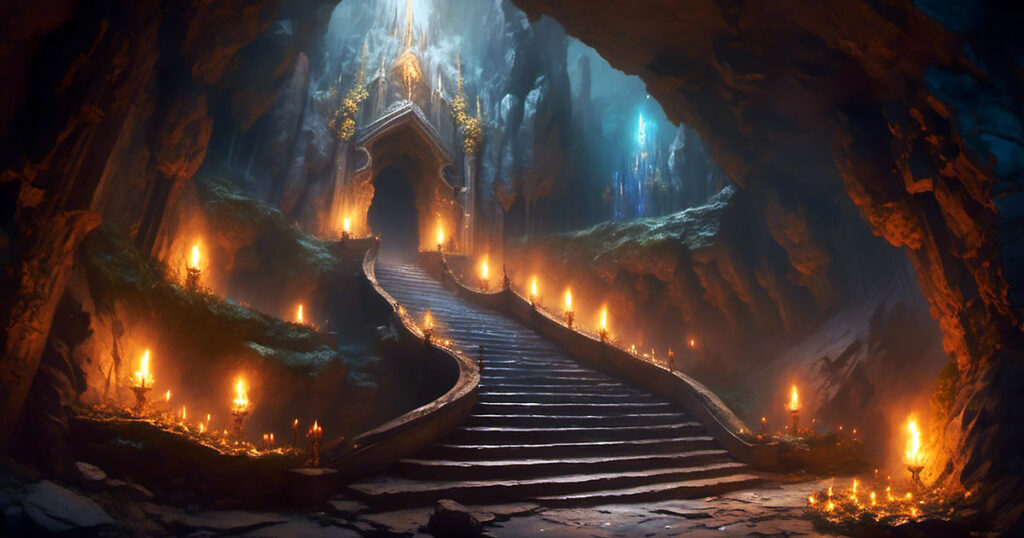
This particular course was created with a different goal. In that in order to participate it was recommended that participants have attended at least one of the previous courses – so having previous knowledge of the tools explored in any or all of The Conjuring Courses. Also, each person attending must bring along an idea or an act with a length of between 4 – 20 minutes to work on as the subject.
I applied in January to attend and was pleased to be accepted as one of 14 participants on this course.
Preparation is key
For the first time attending these workshops, I personally had an act I could bring and work on which was the act I took to The European Championships of Magic F.I.S.M. in May this year. If you want to read up more on what F.I.S.M. is and my journey there I wrote another blog about this experience here.
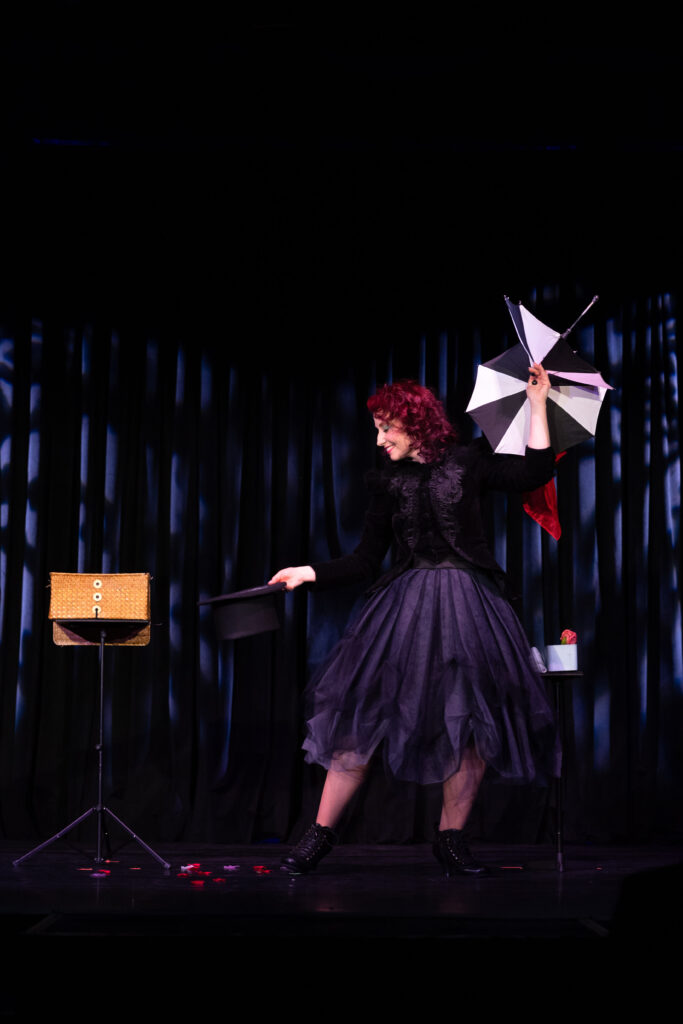

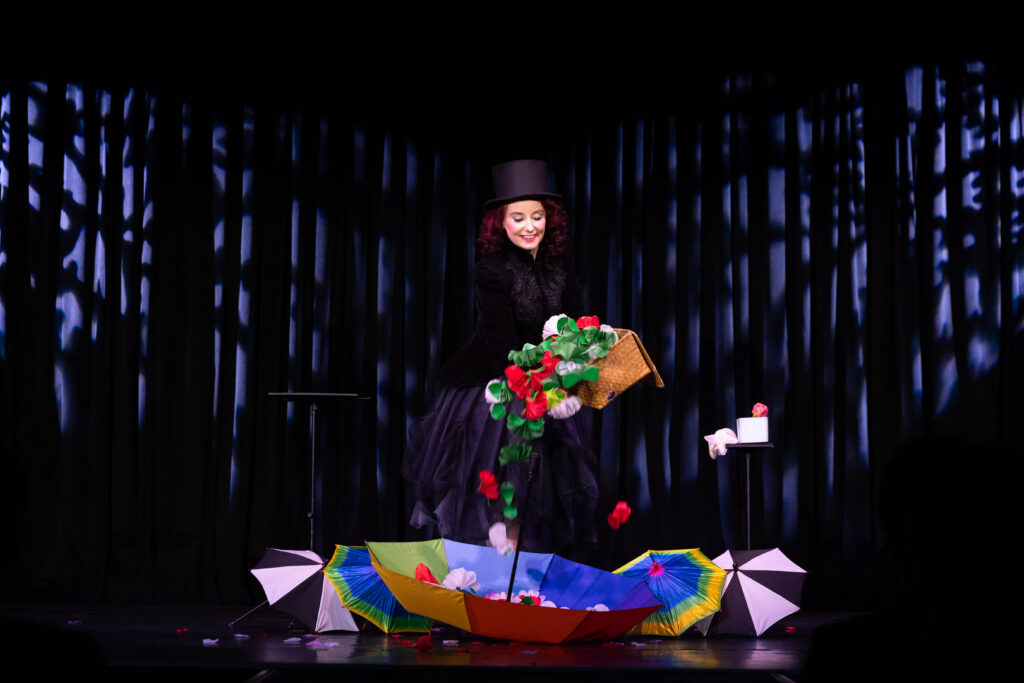
At FISM, I competed in the General Stage Magic category and had worked solidly on this piece for the previous eight months. I performed versions of it in The Palace of Mystery at The Magic Castle in Hollywood, California. Which you can watch here.
I toured The Netherlands with Peter Corry’s production, The Showman is Coming where I performed a section of the final act I competed with. If interested you can also read a blog to find out more about that experience here.
I also won The Swedish Grand Prix in Stage Magic with a version of this act which you guessed it you can read about here!
After coming home from the European Championships in Magic F.I.S.M. I wasn’t in the best place emotionally. Taking an act and showcasing my work at the highest level, although a wonderful opportunity and experience it was incredibly challenging. It was my dream to perform at FISM since I became a magician! But in reality, as an artist, I found my first experience of this competition incredibly overwhelming. And I was very disappointed in my efforts.
Instead of looking at my participation positively as research for future performances in this event, I began to see my efforts as a complete failure and disappointment. I was ashamed. And that meant that the event itself did not live up to my expectations. The result of this being I did not open my suitcase with my act in it since returning home from the competition. I still cannot watch the video of my performance.
So even though I did have an act to participate in The Exploring the Act course, I wasn’t sure if I was ready to work on this particular act when I arrived in Sigtuna. But bravely, I brought it, opened my case and like the others I got to work.
Meeting our instructor and the group
The first day of the course was all about not only getting acquainted with this way of working again but also meeting our instructor for this course, Peter Groening.
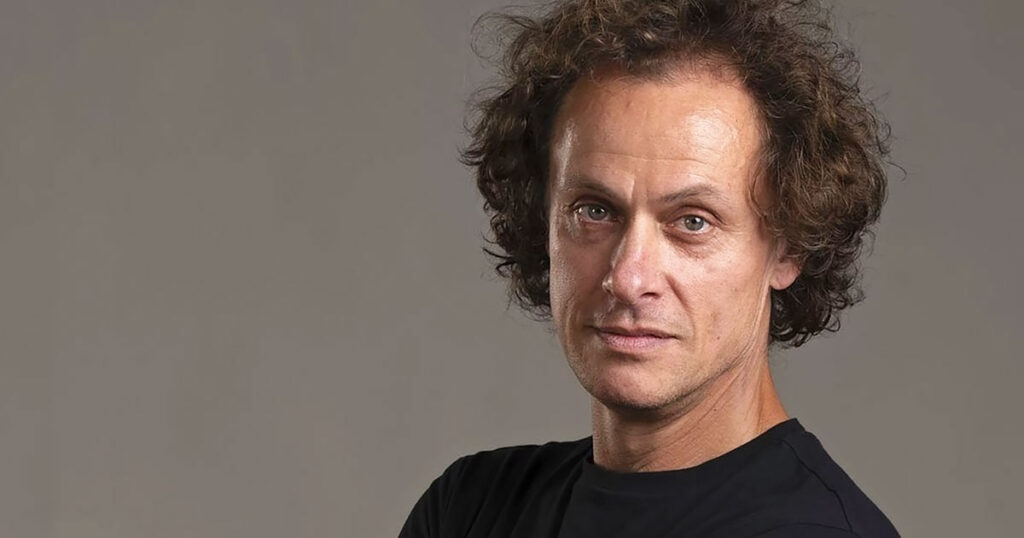
I previously watched Peter performing magic live in The Parlour of Prestidigitation at The Magic Castle in March 2019.
Peter, is not just a magician but he is also a trained actor and opera singer. One of the best in Sweden. He has worked in many productions on stage, television and film.
In terms of helping us to develop and work on our acts for stage I knew that Peter was beyond qualified. And I expected that we, as participants were going to work hard and learn a great deal about ourselves and performance with him as our guide.
※
As for the participants, for only having fourteen people in our group, we had a very diverse line up of not just magicians but three musicians chose to sign up to this course too. Having some diversity in the groups participants made the week a lot more interesting and in many ways brought a new energy into all of our work.
Here are our headshots – please forgive me classmates I hope I picked your best sides!

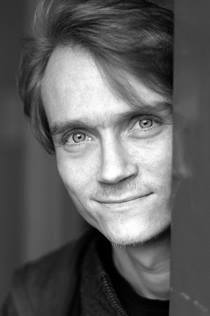
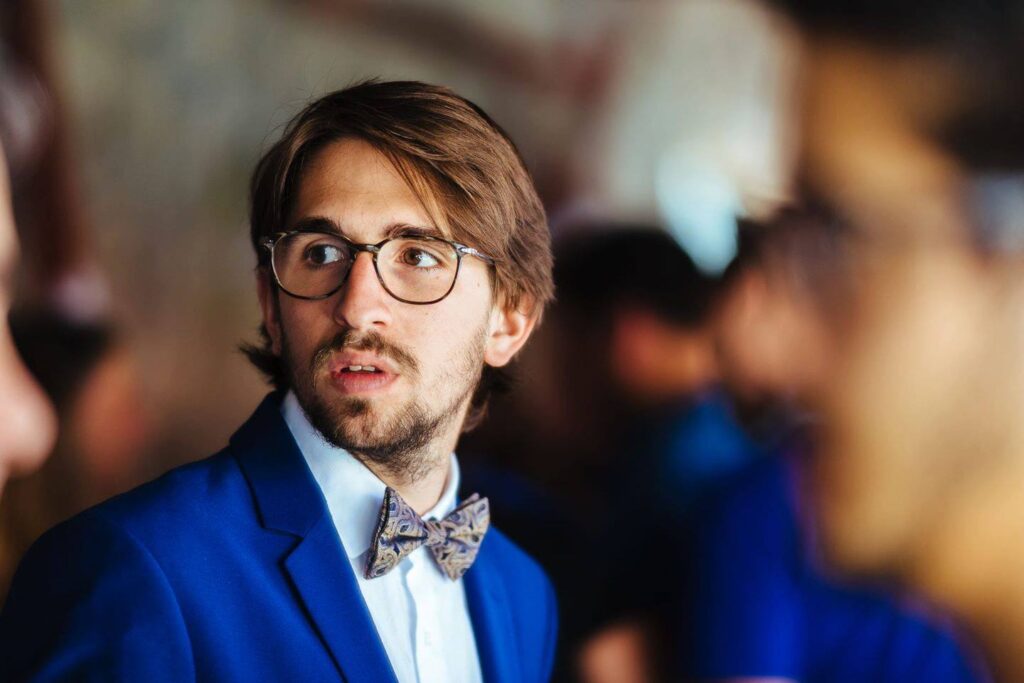

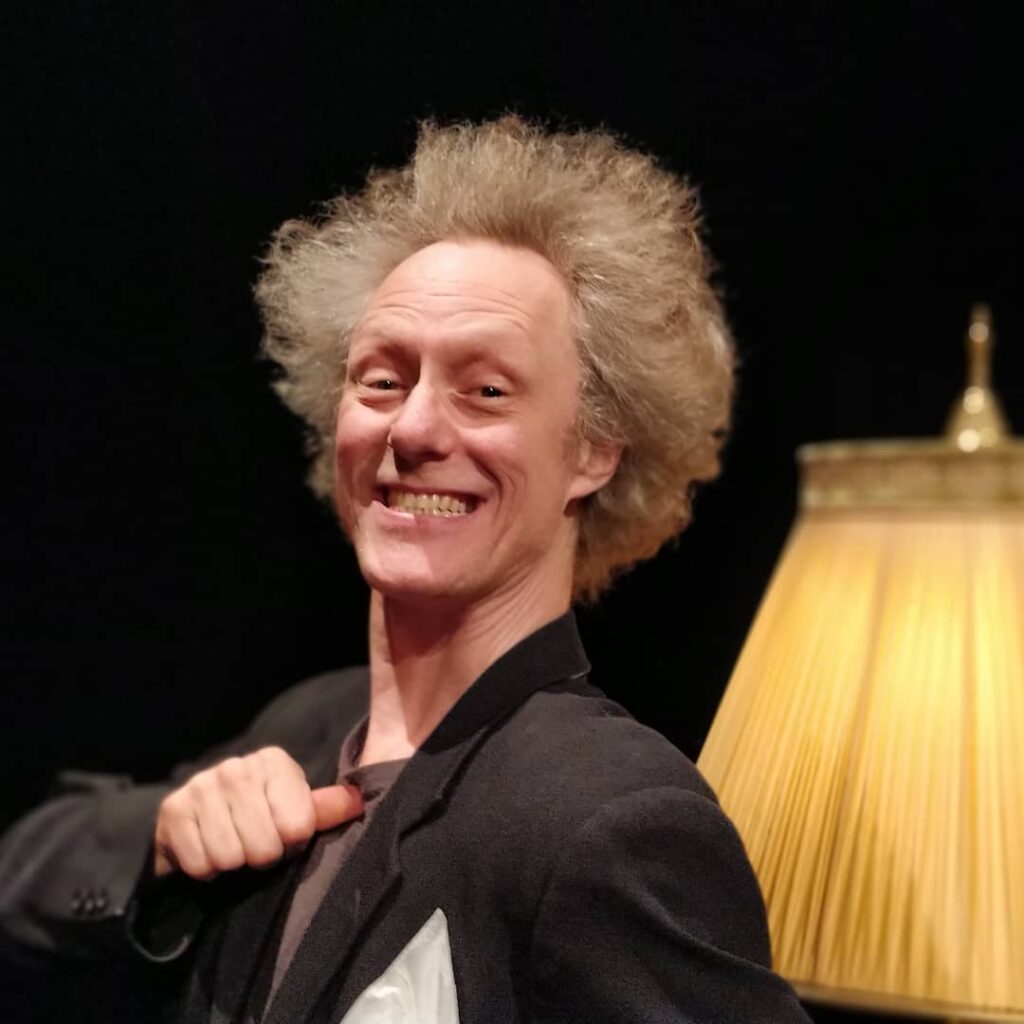
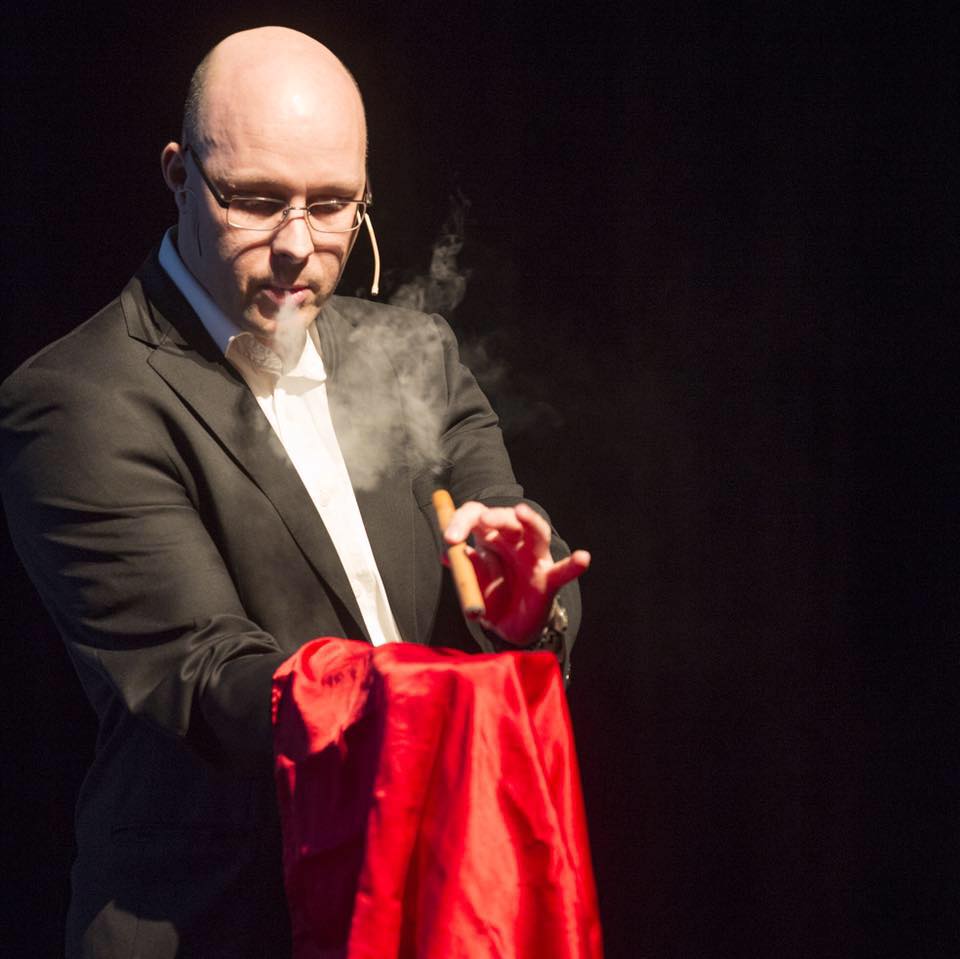

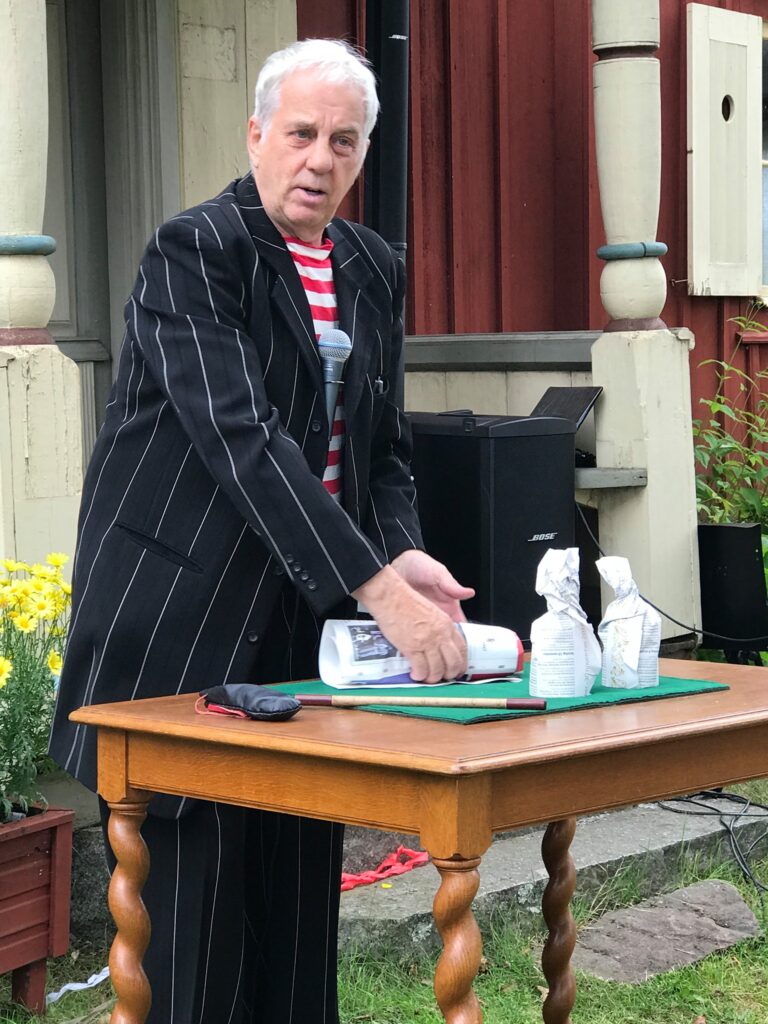
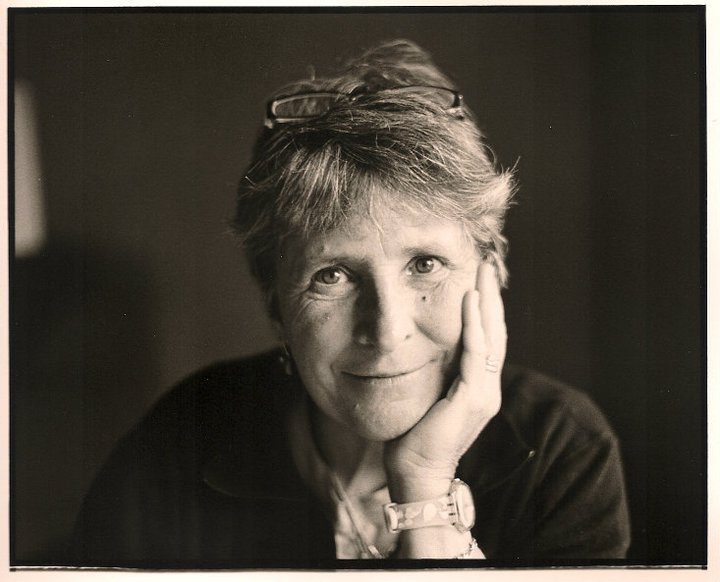

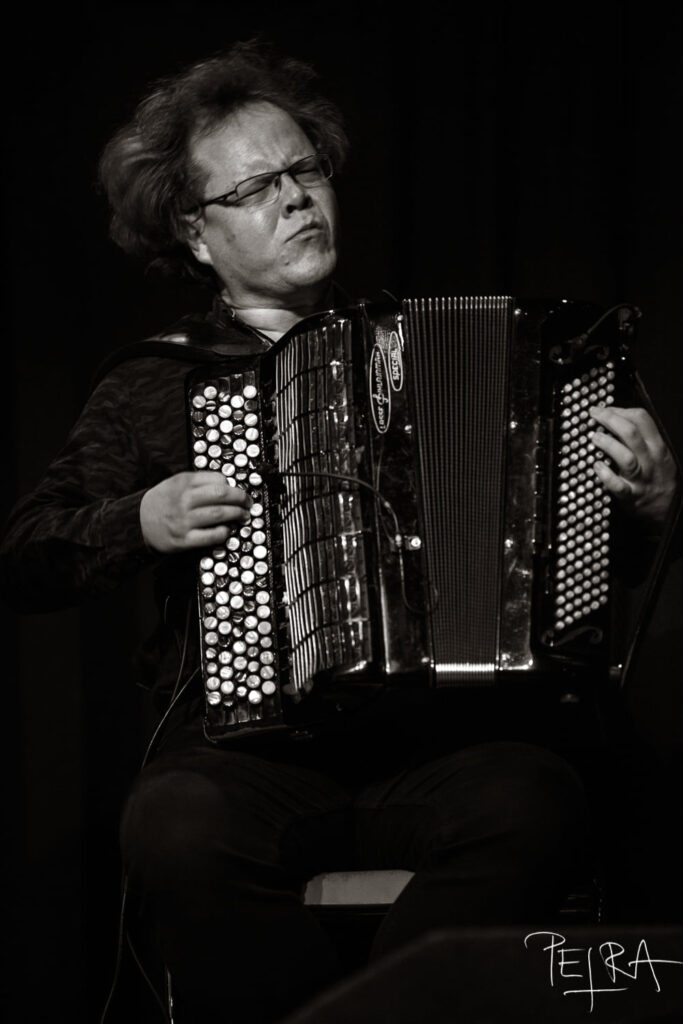
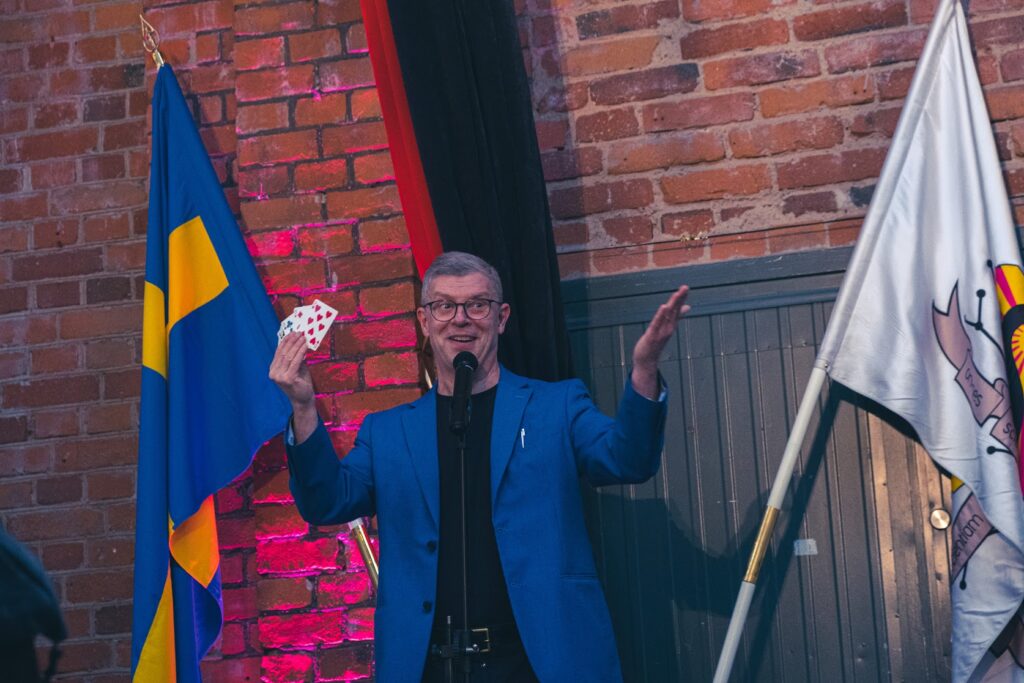
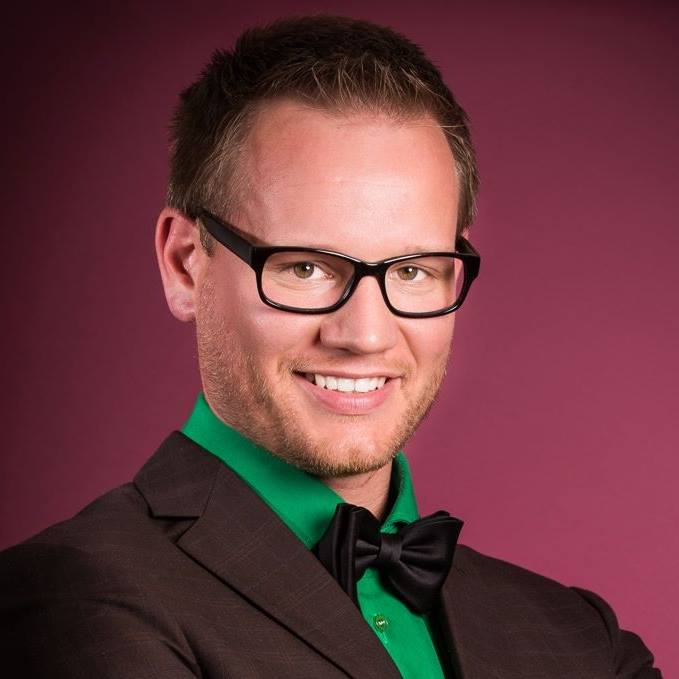
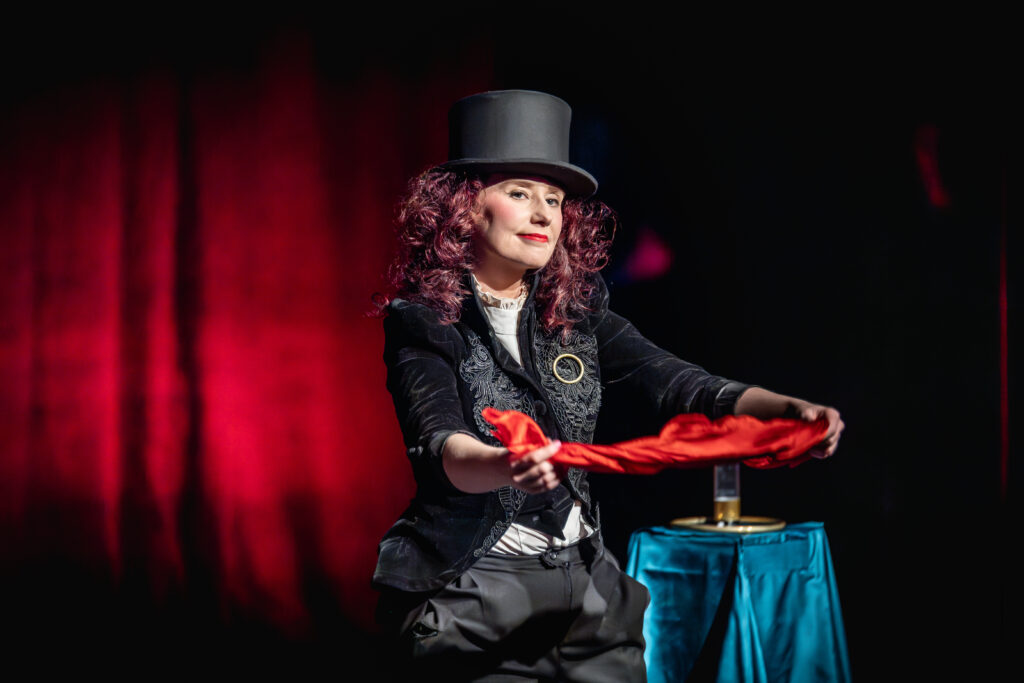
After the initial welcome we got stuck into our first session which was to review the tools and techniques explored previously on conjuring courses. This included but was not limited to:
-What is the effect?
-Think Face: Look Think Look Action
-John Ramsey’s theory. If you want the audience to look at something you look at it. If you want the audience to look at you, you look at them.
-Tony Slydini’s theory of Crossing the Gaze
-One ahead. One behind
-Callbacks
-Foreshadowing
-Cancelling
-Vectors
-Change Blindness
-Object Permanence
-Amodal Completion
-Subplot
-Structure
-The magic moment
-Tempo and Status
-Body awareness
This may seem a lot to summarise but across the first two days we not only discussed these topics at length together as a whole group but we also broke off into smaller groups and tried to apply each of the above techniques physically to our acts.
Some techniques were easier to apply than others, but it was useful as the week went on to thrash out these tools together in order to apply them directly into our individual performances.
※
The goal with these courses by exploring these tools is to make sure that the story we are telling with the magic we perform is engaging and clear. Particularly from an audiences perspective. It is important that we and our audiences understand what is happening and why.
This leads me to discuss one of the most important topics explored in this course. This was the crux of the Exploring the Act. The most critical element that set it apart from all the other courses I’d taken in years previous.
What is the Story?
In order to perform good magic it helps to have a good story – right?
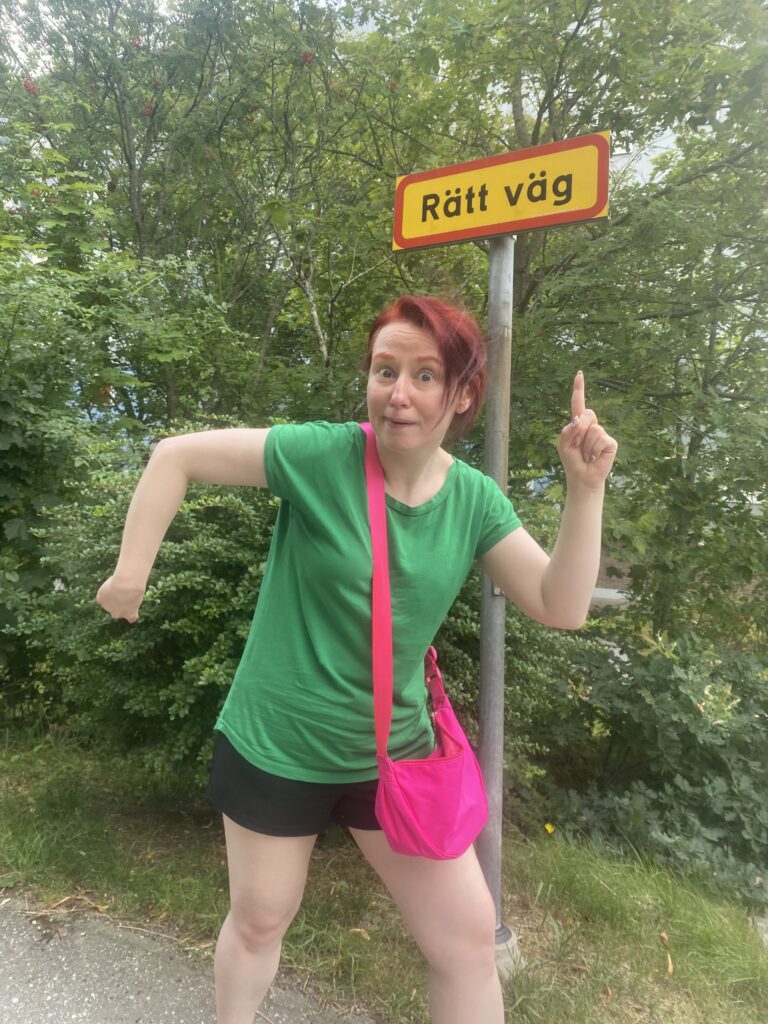
A story can be one that your audience is aware of. Or indeed at the same time a story that you, as a performer have in your head and the audience are completely unaware of.
Stories not only help us to create magic that is engaging and holds interest but it also gives us and or the audience a reason as to why we are doing what we are doing.
By their definition, stories bring structure to our work and can also make us seem more clever than we actually are as performers. For example by using foreshadowing and callbacks with the objects we bring into play or in our scripts, what we say. It feels from an audiences perspective that a great deal of work has went into an act or show when all you have really done is joined several dots or moments together.
Storytelling tools have been used in theatre for as long as we know of. From Shakespeare to Greek Tragedy, writers have used plots, structures and character development to make the audience emote and feel something about what they are watching or engaging with.
Simple as it sounds, audiences appreciate structure in storytelling and it is part of the reason they continue to watch and engage in it.
The idea in exploring storytelling as a tool in this course helped us to discover that if we magicians learn to make our magic more compelling by using storytelling techniques we in turn allow our audiences to feel a deeper appreciation and connection to us and our magic.
Fun structural ideas we can use
Fortunately for us magicians, writers have been using plot structures a lot longer than we have. There are many ways to compose a story and plot. Some of which we explored in the course and recognise from television and films.

Ouroboros is a narrative structure based on the idiom, The snake that bites itself. No matter the structure it always begins and ends the same.
A, B, A.
Or
A, B, C, B, A.
Freytag’s Pyramid is a narrative structure that breaks the story arc of a drama into five distinct sections. Also known as Freytag’s Triangle. It is a variation on the five-act structure that storytellers have used for centuries.
A, B, C, D, E.

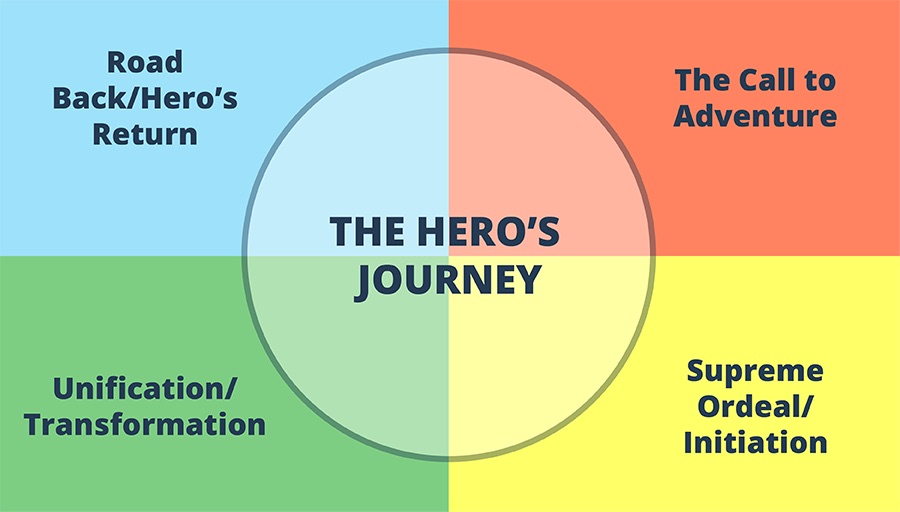
Hero’s Journey or monomyth is a story structure where a hero goes on a quest or adventure to achieve a goal, and has to overcome obstacles and fears, before ultimately returning home transformed. Known also as a three or four act structure.
A, B C, D
The Plot Embryo or Story Circle The most modern of all the story structures. This is an evolution of the Hero’s Journey created by Dan Harmon and utilised in every episode of one of my favourite t.v. shows Rick and Morty.
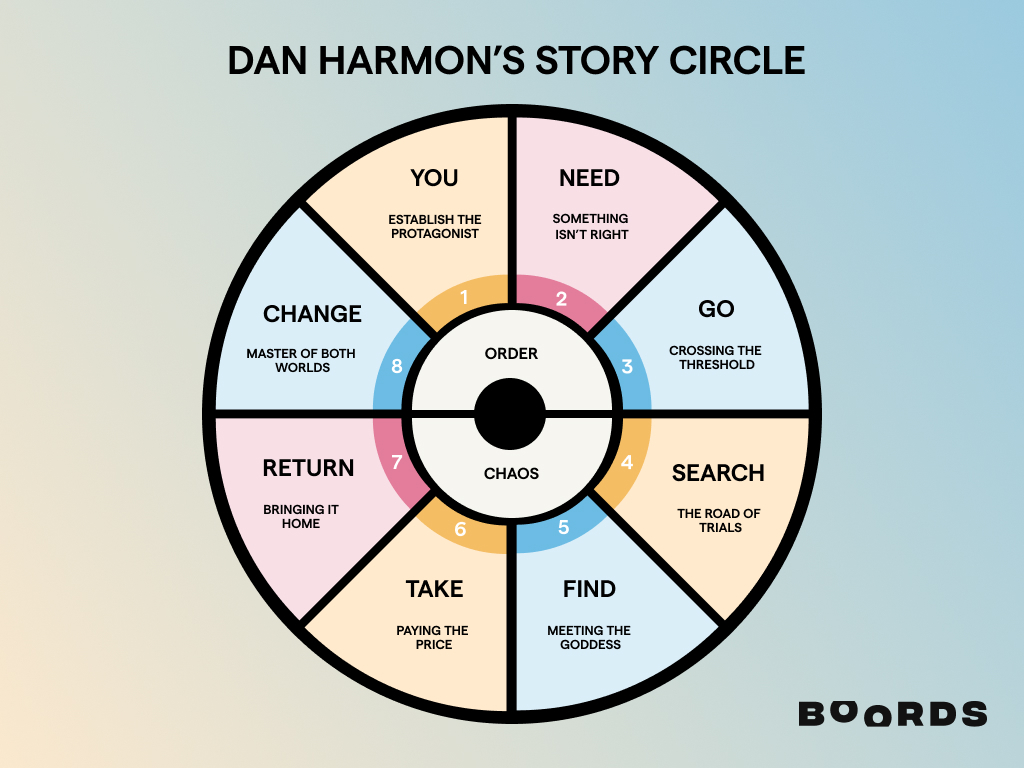
We also discussed several other interesting plot structures utilised in movies. For example how sometimes on screen the story begins right in the middle of a crisis or event with no explanation of how the characters arrived at that situation. As the plot and story unfolds on screen (sometimes using flashbacks) we as an audience get enlightened as to the real events that led up to the crisis and event point we entered the drama at.

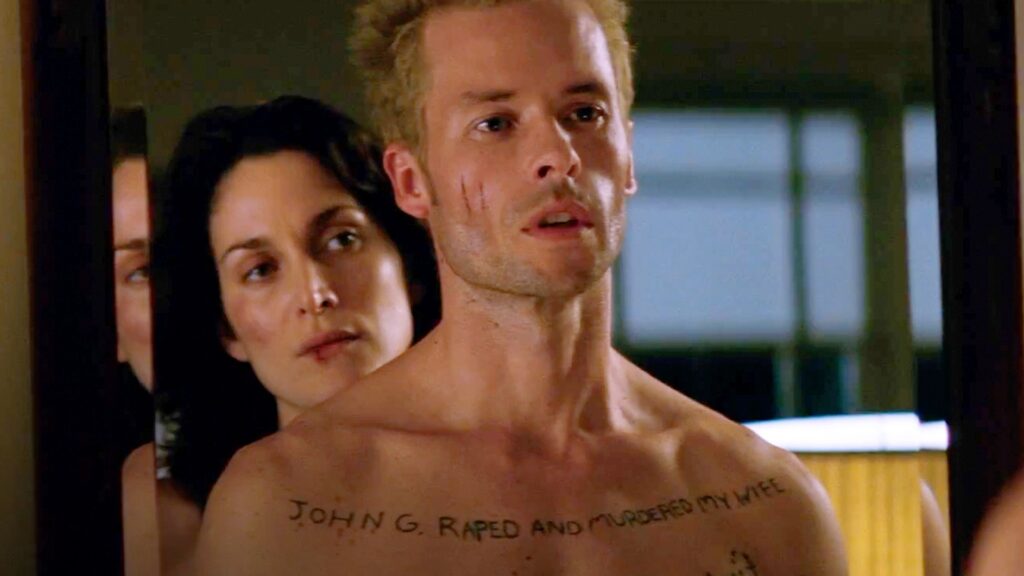
One example of this is Christopher Nolan’s phycological thriller, Memento starring Guy Pierce.
※
Being able to decide upon which plot we wanted to use in building our acts meant that all our actions that followed would be coherent and understandable. In other words consciously choosing a plot structure would ultimately help simplify the magical action that unfolds.
My own act’s story, in which I chose Freytag’s Pyramid as the best structure, looked something like this:
- Exposition: I discover a box.
- Rising Action: after touching an object inside the box I gain magical powers.
- Potential Obstacle: With my new found magical ability I break something or it is changed irrevocably.
- Falling Action: I must try to fix it.
- Resolution: I must decide to keep this power or destroy it forever!
For a magic trick it’s pretty compelling story isn’t it? And this was all discovered just by applying a plot structure to my act.
I discovered that in this process that the clearer you are in the story you wish to tell the better the audience will understand what it is you are trying to communicate.
Story and Character
What Peter also made us realise through discussions as a group is that the story we wish to tell and our characters are intrinsically linked. The reason this occurs is because we as characters react to our stories plot and development. And thus, our emotions change as we are affected by our actions.
Here are some images below which I have written down what I think the emotion this character is feeling just from looking at the action in each picture. These were from a performance several years ago before I ever started looking at my performances the way I am exploring in this course.

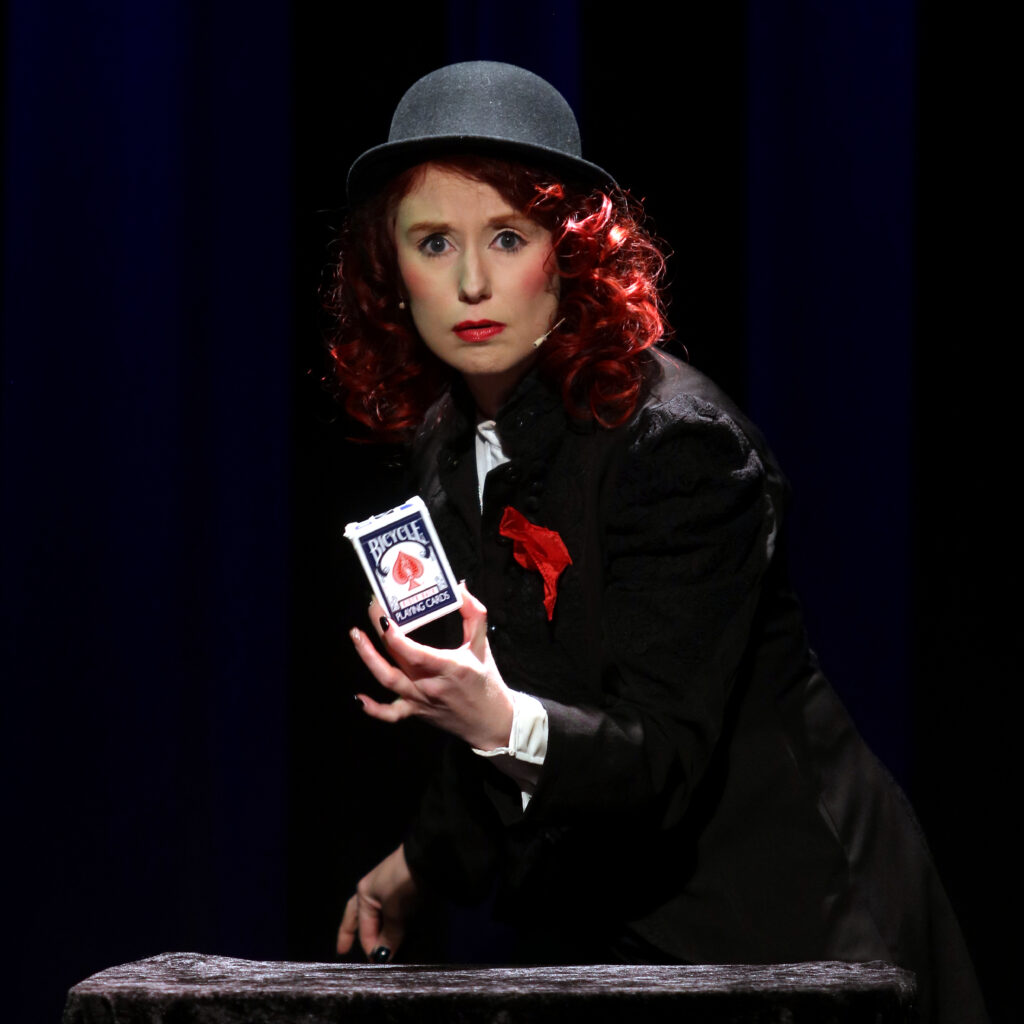

I highly doubt that in the images above, the emotions I am interpreting now were the exact emotions I wanted to communicate to the audience watching this performance. But this is what I see now and probably what my audience saw then too.
This is one of the reasons why it is so important to film your work. I mean when you rehearse and practice, rather than performances of your finished work to help you be aware of every action you do.
It is impossible to direct yourself as you perform because you must perform fully during performance. By recording yourself and then watching back gives you the opportunity to direct yourself after and then try again. We have such a wonderful tool that is the modern technology of cameras on our devices, start using them!
Sometimes defining or by putting words to our physical emotions on paper can help direct us how to play an action or movement during our performances. Thinking beforehand how you feel when an object vanishes or appears and making a conscious choice as to the feeling we feel, means that the audience will also react in the way you want them to.
The right emotion will gage the correct reaction to the unfolding action taking place on stage i.e. the magic.
※
In groups, we helped each other to define our characters emotional transitions in line with story plots. Again as I chose the five act plot structure of Freytag, my character would therefore have five emotional transitions throughout the act which looked something like this.
- Sadness and nostalgia
- Curiosity and confidence
- Fear and Discomfort
- Hesitancy and reluctance
- Determination and Resolve
All five of these emotional states are clear cut and defined. They are unmistakable and won’t likely be confused with each another in live performance if acted well.
※
When we came together as a group we discussed this exercise and it was interesting that we all found this one quite difficult. Perhaps it is because it is hard to put words on how we feel at times in real life let alone make a decision how we feel during a magical effect. A lot of the time we feel decisions are final as creative artists, but they are not. One must define our ideas and try them before casting them aside.
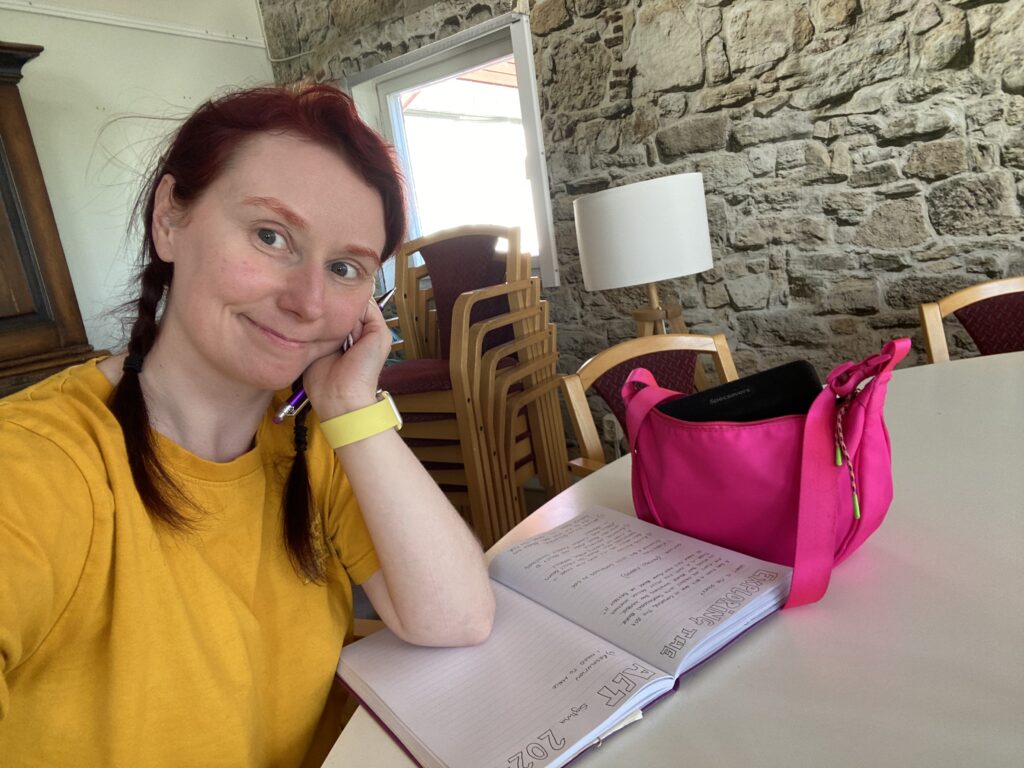
Everyone in the group however did find by completing this exercise and by choosing definite descriptions of our emotions at each stage in our plots gave our stories and actions more clarity.
I open at the close – another brief topic we explored worth mentioning!
As a Harry Potter nerd I was delighted when I could finally make use of a Wizarding quote in this blog!!
A smaller topic we explored as a group was all about the beginning and ending of acts and why it’s important to work on them for any kind of presentation to feel complete.
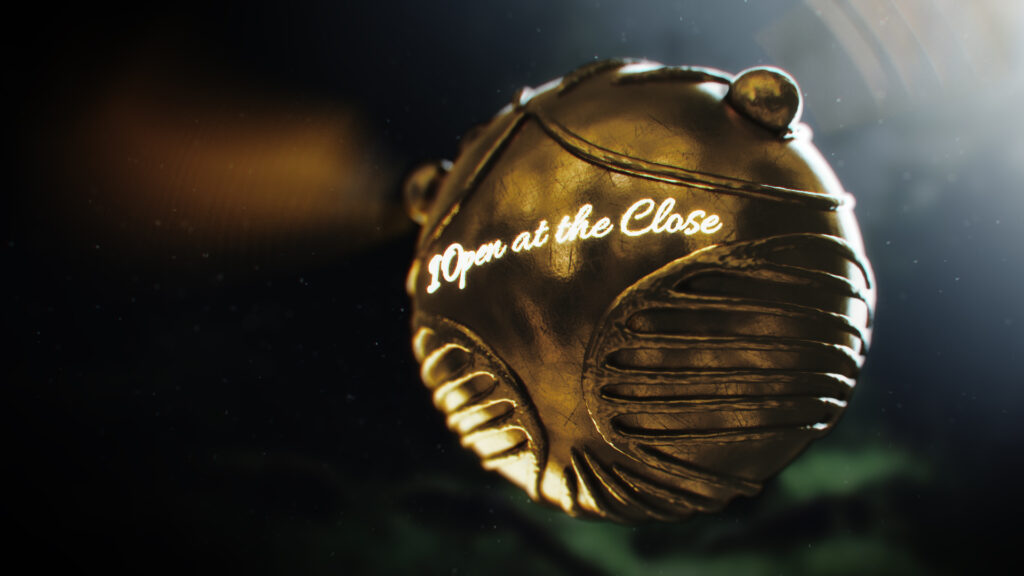
Often we magicians work a lot on our intro’s as we realise that this is THE first impression we make on our audiences. Intro’s are so crucial to us that we sometimes forget that how we conclude our magic is equally as important if not more so. Endings are the final impression we leave on an audience member and more time should be spent thinking about them.
We briefly discussed this topic as a group and I’ve summarised our discussion below as I believe it might be useful for readers who also which to explore this topic in terms of your own work.

OPENINGS
The first 30 seconds of a performance
- Grab attention
- Set the tone
- Establish Style and story
CLOSINGS
The last 30 seconds of a performance
- Connect the dots
- Close loose ends
- Leaving your audience with a question or satisfied is entirely up to you

If we spend the same amount of time thinking about each of these parts of our performance as much as we think about the actual contents we would all succeed in building an act that makes complete sense from start to middle to end. And that is ultimately the goal with creating material for any live audience.
The Reality of exploring story telling and character in magic and why we need to do this more often?
As magicians we tend to exaggerate. Not only our powers, what we can do but also we tend to use everything we’ve got. What I mean is, we as an art form have got to learn that sometimes less is in fact more.
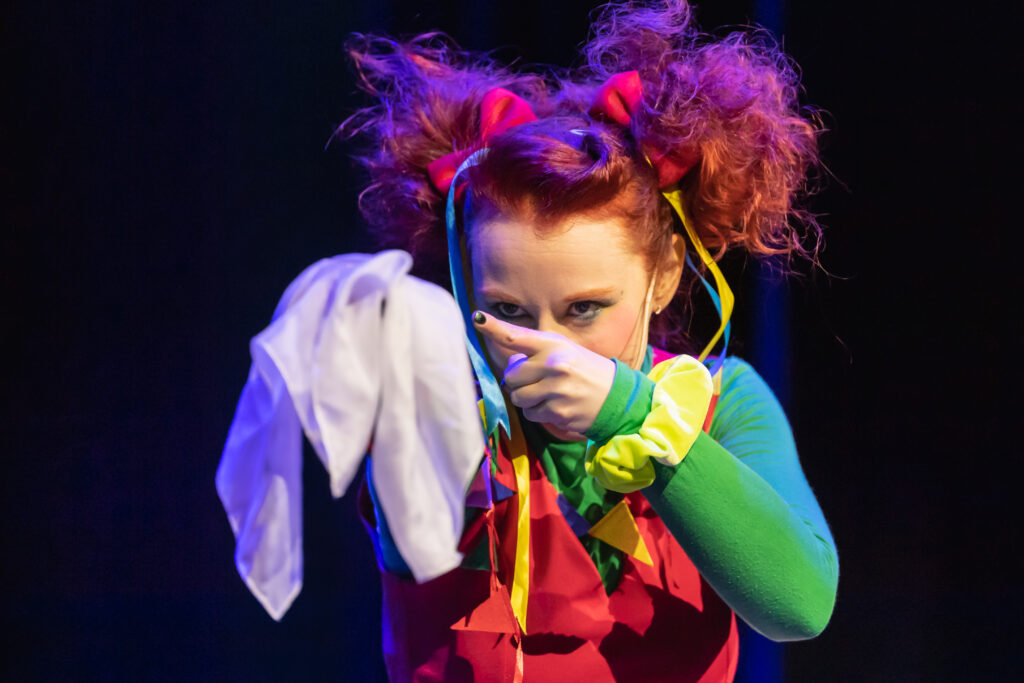
Magic is a proving art form in the sense that in order for our audiences to believe that what we are doing is real we must convince them that what we are doing is real.
The result of this is that generally, we magicians perform far too long. We tend to over stay our performance and throw in effects simply to prove and over-prove our worth when it really is not necessary to do this. The solution is simple. Know what you are doing and why you are doing it.
And what have we found gives us this solution in the Exploring the Act course?
Making Conscious Choices in our work. And sticking to them.
By spending two days exploring plot and character, I realise that this is something I have repeatedly forgotten in my work. At some point as magicians we forget the story and character because we feel the most important and impressive thing for our audiences is the magic. Even when it doesn’t make sense we magicians feel the need to add in extra sleights, more complexity just to impress and gain acceptance by our audiences and peers. Magic doesn’t have to be that way.
Magic as performance art is more impactful when our intentions are clear. When we know what we are doing and what we want to communicate to our audiences.
The solution is…
If something in your act does not further the story logically, or if your character does not act appropriately to the unfolding action then simply put the audience will not understand what it is you are trying to communicate.
We must therefore eliminate and make conscious choices all the time in order to make our magic have more meaning and be understood.
This is more than just “killing your darlings.” This can be applied to scrips, story, plot, costume, music, props. Everything you introduce into your act must be a part of it and make complete sense within the story otherwise it should be eliminated!
So from now on, even if it goes against my own vanity and sanity – every prop and piece of magic I introduce onto stage will be questioned in order to find out if it make sense in terms of the plot.
The Harsh Reality of Exploring my Act for me
As we entered the third day of exploration in this course another side effect of exploring my own act began to appear. I realised that the more I explored and discussed my FISM act the more claustrophobic I felt.
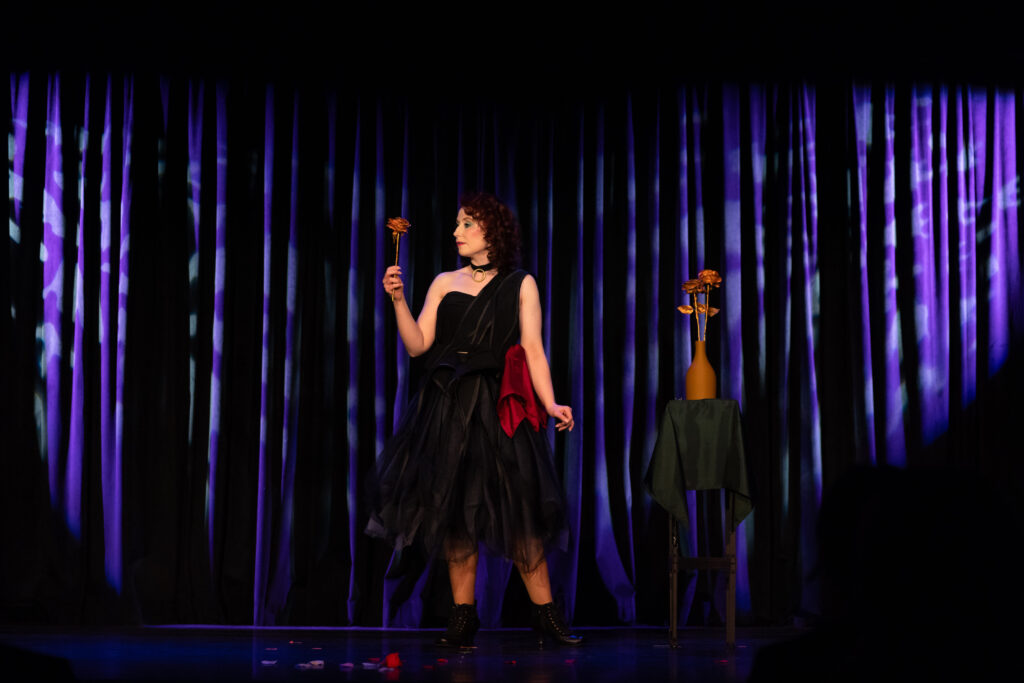
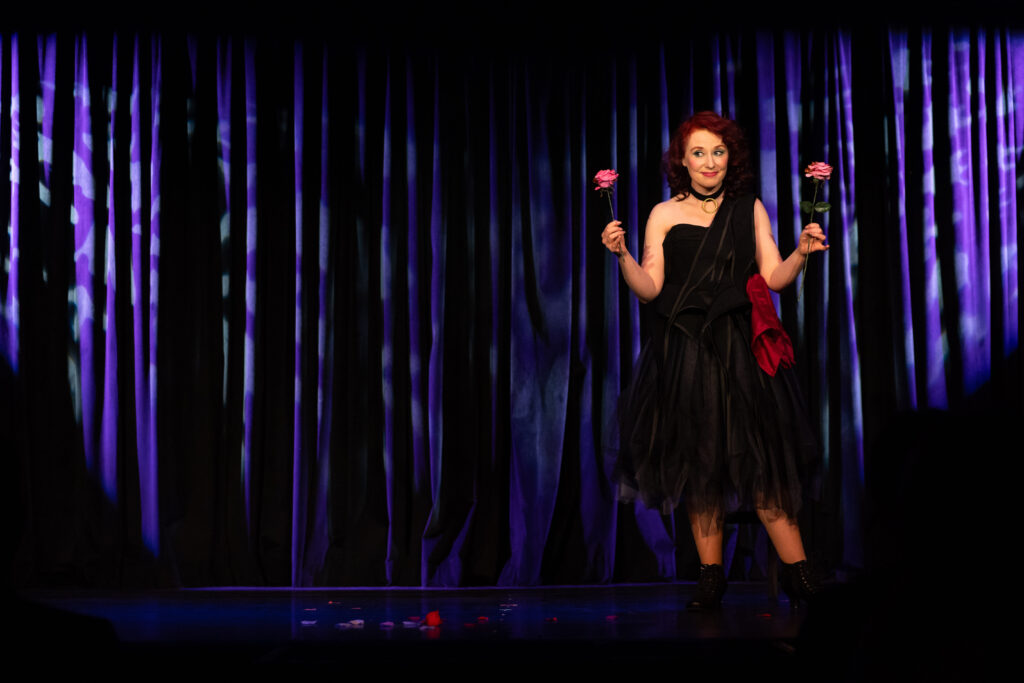
I knew before coming that I wasn’t ready to return to this piece and yet I had to because that was why I was in Sweden to explore my act.
However, I did not know how to express what I was feeling about it. And also I didn’t quite understand how to deal with these feelings either so I broke down in tears on the morning of Day 3. I knew in that moment I would not be able to perform this act or work on it any more from that point on.
On Wednesday morning I met with Peter, my course tutor to discuss this. The pressure I put on myself to perform and work on this piece was too much. In talking to Peter, he made me realise that there was literally no pressure to perform. In fact, there was no pressure that day to continue working on this act. Instead, He told me to work on something fun. By taking the pressure completely off I was able to take time that morning and afternoon to gather my thoughts.
In that reflective time I realised two very important things:
- My brain was desperately needing to take a break from thinking and working on this particular act.
- It is more than ok to realise that one needs a break from something and to take it. You can always go back and work on it at any point and also use the lessons learnt in creating something new in the future.
*
To force myself to work on something I really did not want to would have been the wrong thing to do. I am beginning to learn as an artist I am incredibly self critical (to some degree we all are) but sometimes I am to the point where I can’t function and that in itself is wrong. Creating and performing does not get any easier by telling oneself how awful I am. So I realise by having this crisis that I need to train myself to be compassionate to myself the way I am to others.
The obvious choice right there and then was to give myself a break put this piece of work aside and by doing so I was able to breathe again. Over the next two days I began creating and exploring again. And with this new attitude I was smiling again and having fun – playing.

I cautiously played with and created a brand new act from scratch. This time using all the things I’d learnt in previous courses, the work from the first two days of this course and with the new found awarenesses above. The effect and act I created was something I’d wanted to play with for a long time but just didn’t know how to. However, in the sheer chaos of my emotions it became crystal clear what it was I needed to do with this effect and the story I needed to tell.
It was equally wonderful to discover is that my class mates throughout my time of crisis were keeping an eye on me from afar.
Tentatively, they all began to engage with me not only to make sure that I was ok, but giving me time to explain and chat openly about how I’d been feeling and why I was so upset. On top of this, they also helped me to bring my new idea to fruition. Working with me in smaller group sessions to figure out my story. The whys and sometimes the hows. It was fun. More than that! I realised that these people want me to succeed. They believe in me as I do them. And I need to thank them by learning to be kinder to myself.

This discovery and acceptance of my feelings ultimately propelled me to create a brand new piece of magic that simply would not have happened if I was sitting crying home alone.
And the result was that I created something real. An act that captured all the horrible feelings I’d been feeling and yet it was beautiful. The story was one my audience could not only understand and relate to but it made sense from beginning to end.
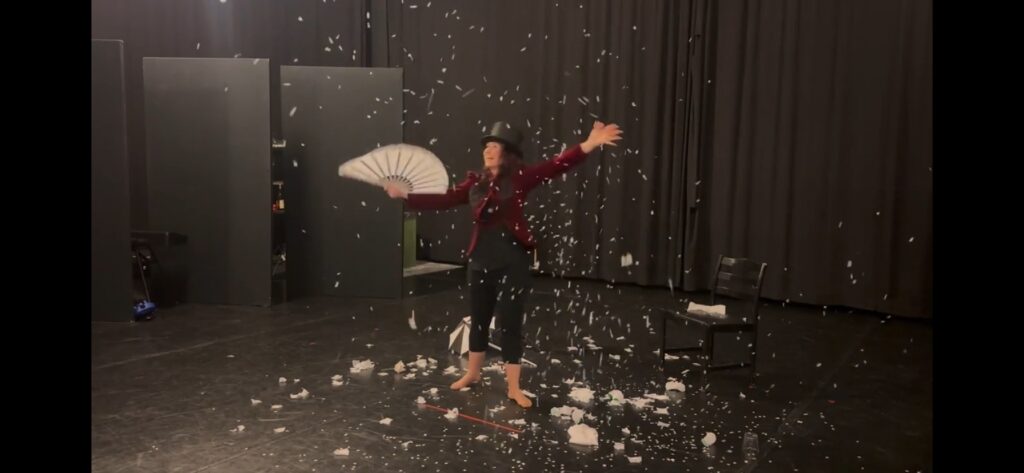
One of my classmates even commented that this performance was so mature compared to other creations of mine she had seen me perform in the past.
Was it technically sophisticated with new methods that would fool the magicians in the audience – no. But would it capture my audiences emotions and would they feel a genuine sense of wonder – hell yeah!
In my mind that alone is all that matters.
This was indeed a hard lesson to learn. But one I feel is essential for my growth as an artist.

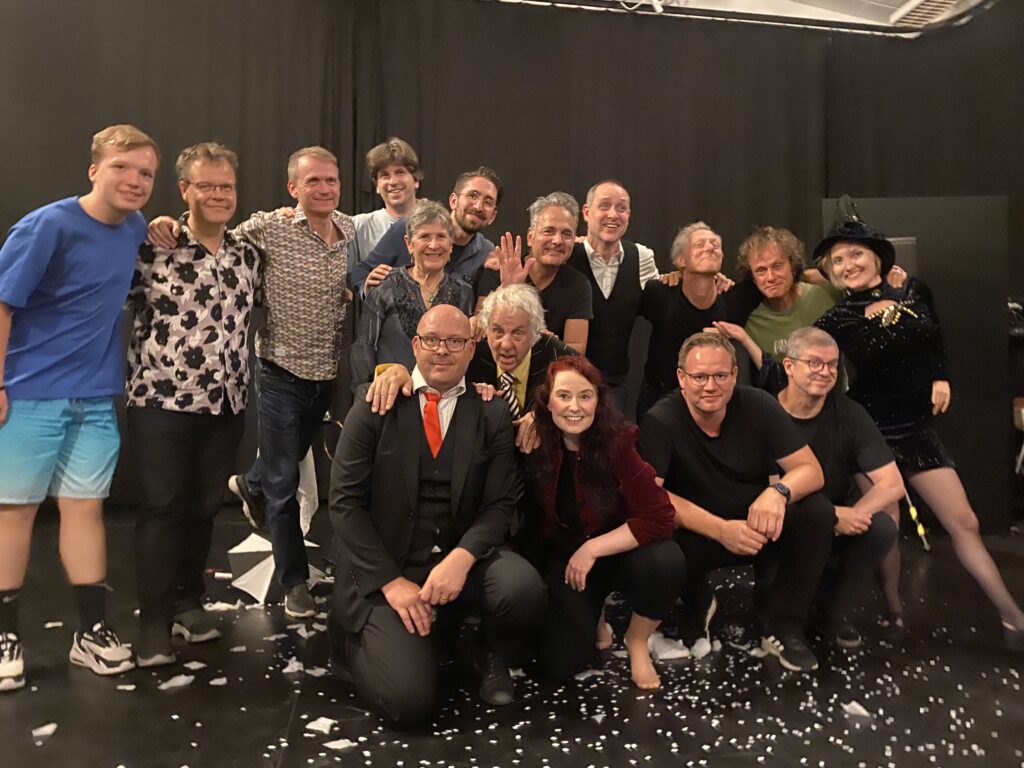
And on Friday I not only performed my creation for all 52 magicians attending these courses but I got myself together and managed to lead the group in preparing all of our acts for our Friday showcase in the theatre. I used skills I had gained studying and working in the theatre industry to essentially stage manage everyone’s props and performances to make the showcase run smoothly. It’s good to know my theatre training still comes in handy now and then! I also want to thank Peter and Fritz with a Z for helping the show run technically.
THE END
Do you remember earlier I mentioned that we need to give as much focus on the ending of our work as our beginnings? As I reach the end of this blog I realise there is still so much I can talk about from what I learned in Sigtuna. We had several extra evening events arranged on top of our daily studies including:
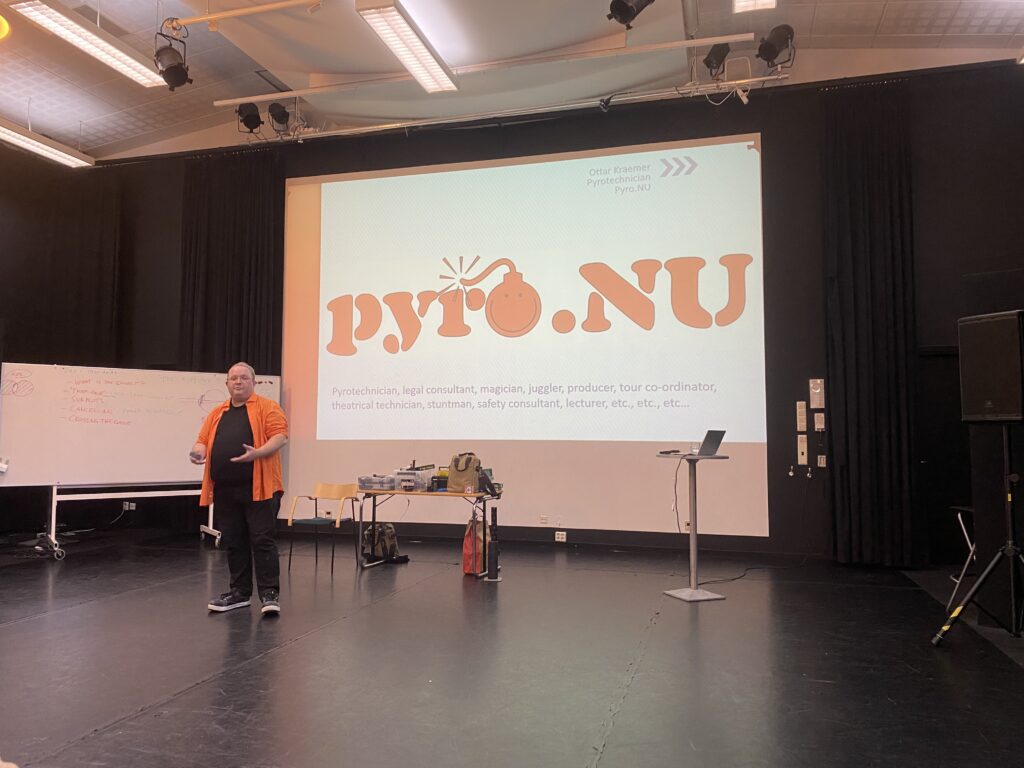
On Monday Pyrotechnics in Magic: A Lecture and practical demonstrations by Ottar Kraemer.
As Magicians we use so many products in magic without proper training. This includes flash paper, wool and string. Many of us have been hurt badly when all we really needed to know is how to safely use these products and how to administer first aid to ourselves in the case of real injury.

On Tuesday we had a Lecture / interview and question and answer session with Jim Steinmeyer.
One way to learn in art is to listen to people who know about the subject and when magic is concerned well we had pretty much one of the best people magic has to offer. Jim is a living legend and his knowledge on our art and building illusions was put to the test in this interview.
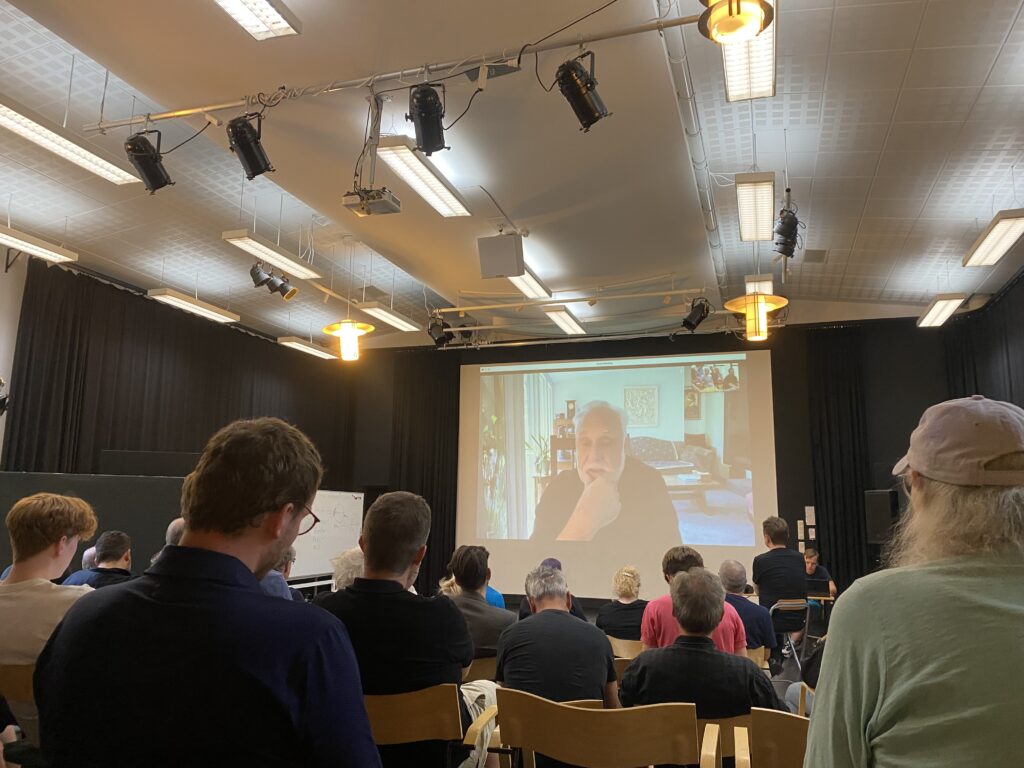
On Wednesday Conjuring gave the women attending their courses a chance to“Build a mutual body of knowledge, through an informal discussion.“
Women are beginning to flood this industry like never before! It’s beyond exciting and wonderful to see but women in magic are still a relatively new concept (to some). We, as women, have an opportunity to build a good community with each other, one that is vital for younger generations to see and be a part of. The purpose of this gathering is to boost camaraderie, encourage the sharing of ideas and documenting our discoveries so that we do not have to keep on reinventing the wheel with our work and creations. This was one of the best and worthwhile discussion group sessions I have ever been a part off. Both in and outside the conjuring course. Note: The Prosecco was enjoyed after our meeting to celebrate all the fun ideas we shared.
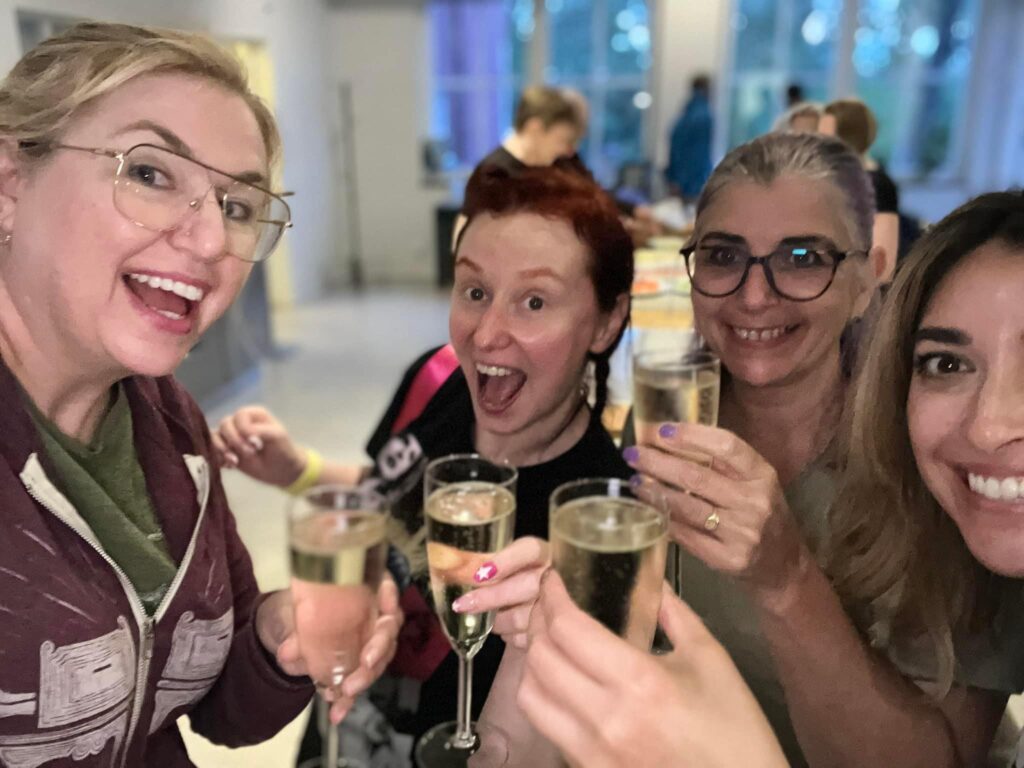
Final thoughts
Basically from 9am in the morning to 9pm at night for five and a half full days I ate, breathed, talked about, performed and dreamt about magic. If ever there was somewhere I could say for me was like attending the real life Hogwarts, The Conjuring Courses at Sigtuna would be it!
The Conjuring School is magic in every sense of that word. I’ve worked hard. I am both mentally and physically exhausted at the end of it but I have left with a deeper understanding of my craft. Built Friendships and connections that will last a lifetime. And hopefully I have learnt techniques I will continue to play with as I develop as an artist in the future.

Magicians exist to create magical things. Magic is not a real thing someone can reach out and touch. In its purest form, Magic is and will always be, a feeling. And when a story is told well by a magician this feeling of magic becomes real and those watching will become genuinely touched by something truly real and above all, magical!
Nikola Arkane 2024

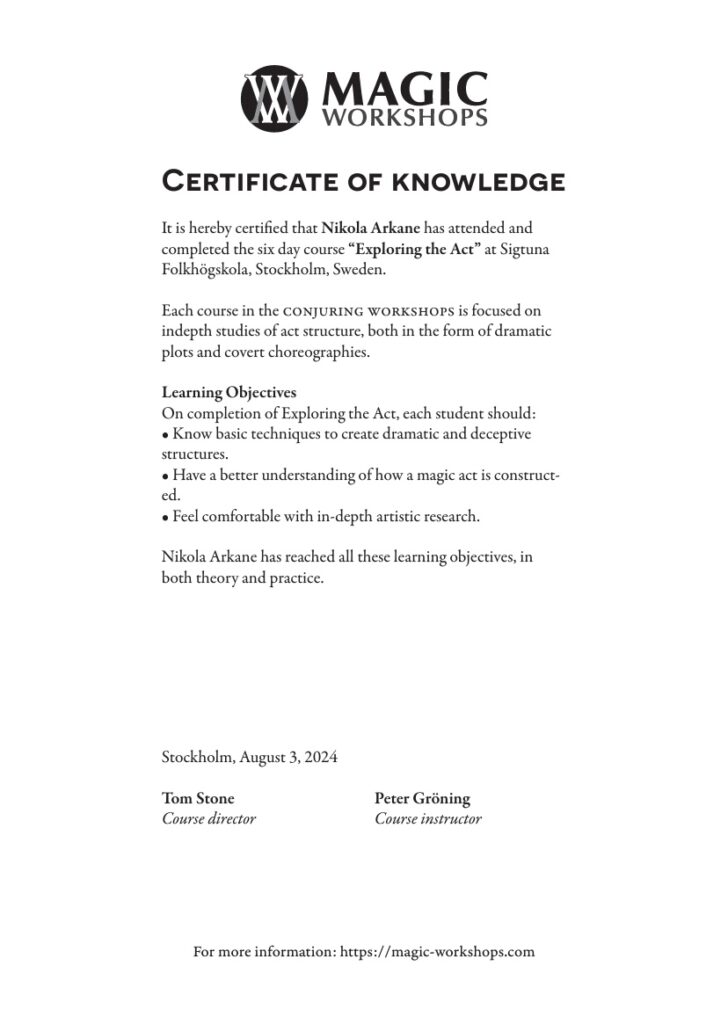
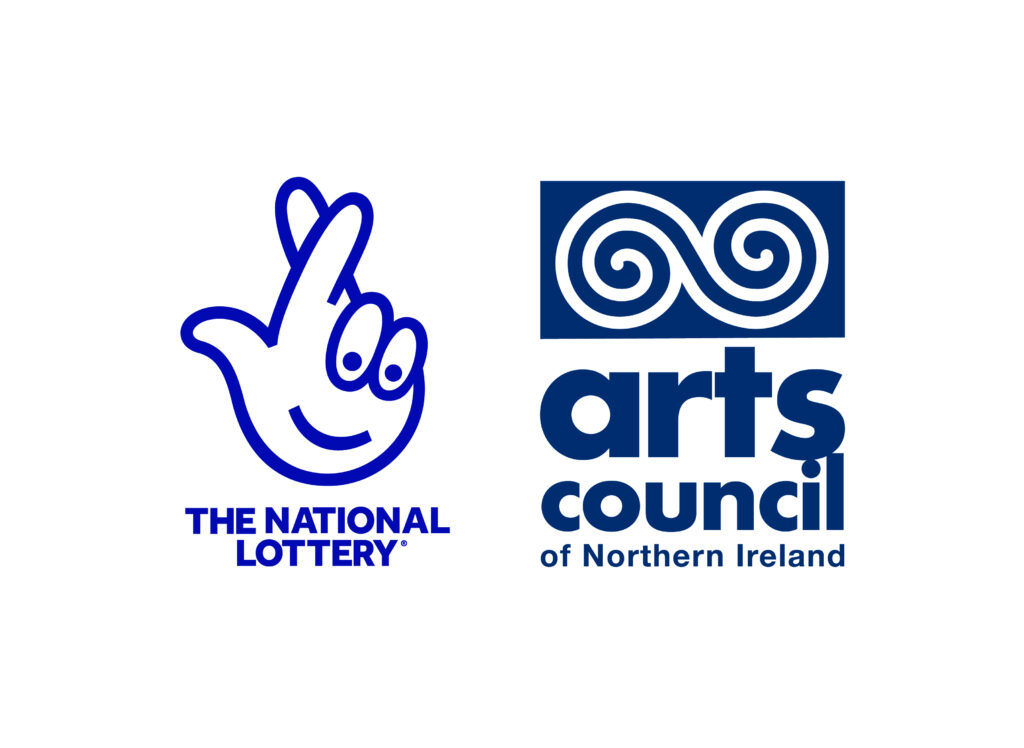
Thank you to The Arts Council of Northern Ireland and The National Lottery fund for supporting my work as an artist and helping to fund this trip as part of the 2024 Travel Awards Scheme.
